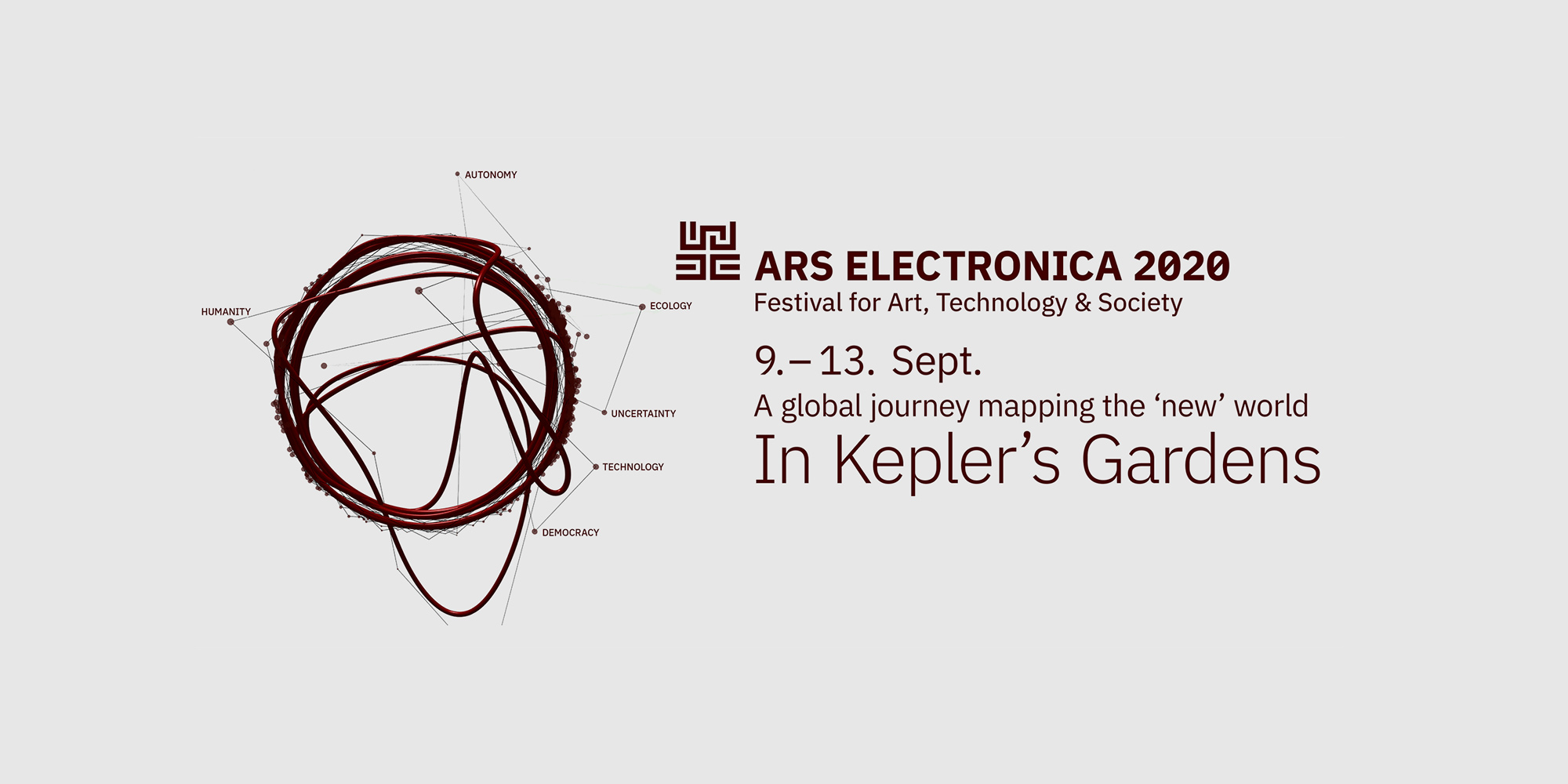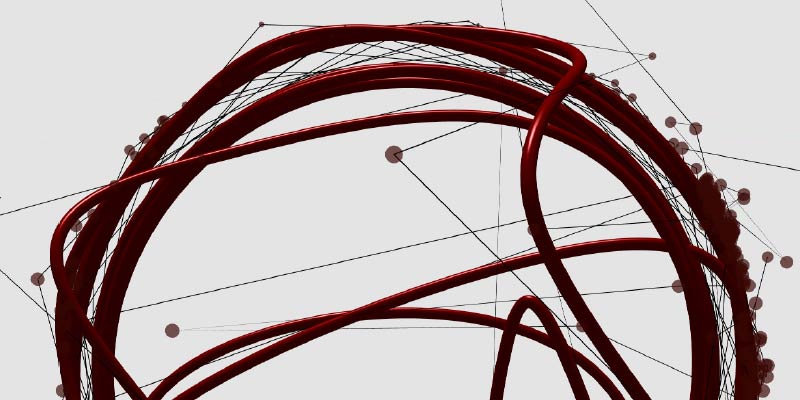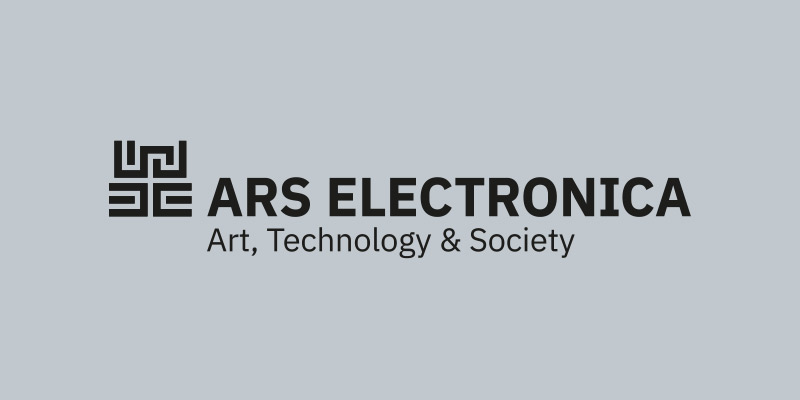Content
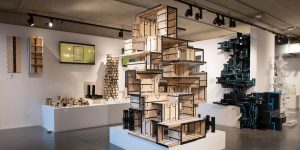
Automated Architecture Labs HUB
The Bartlett School of Architecture, University College London (UK)
AUAR Labs is the research laboratory co-directed by Mollie Claypool, Manuel Jimenez Garcia and Gilles Retsin at The Bartlett School of Architecture, previously known as Design Computation Lab. As part of AUAR Labs co-directors run the studio Research Cluster 4 (RC4) in MArch Architectural Design at The Bartlett focused on automated housing. The work of RC4 believes in the agency of architecture for change. Automation is not only about robots – it is first and foremost a design project.
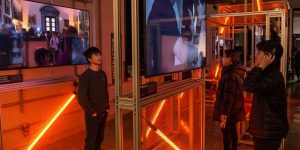
Design for Performance and Interaction / Interactive Architecture Lab HUB
The Bartlett School of Architecture, University College London (UK)
IAL Hub Space showcases student projects. The space takes a critical stance on developments across art, science, and technology to spearhead thinking in the 21st century. The projects presented are films and virtual prototypes. We have come to realize that now, more than ever, boundaries which define the arts and sciences no longer hold. To address the changing political, ecological, and technological landscapes, we engage in dialogues that are unfamiliar or uncomfortable.
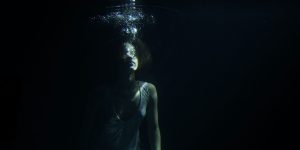
The History of Dark Matter Retold
Adeyemi Michael
Dark Matter by Adeyemi Michael It was during the DARK MATTER exhibition in Science Gallery London that History of Dark Matter Retold was conceptualised. Scientist and actress Laura-Joy Pieters collaborated with director Adeyemi Michael to produce a film that portrayed Laura’s birth and heritage. When speaking about what she wished to communicate with the film, Laura expressed that “The achievements of black women are all around us and are present throughout history, yet they are rarely ever seen or acknowledged, much like the nature of the elusive dark matter”.
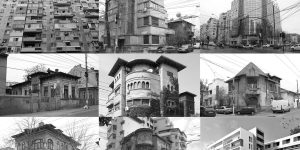
Guided virtual tour of Popa Nan neighborhood of H3 Studio
A guided live tour of H3 Studio and surroundings, situated in a special part of Bucharest that was on the periphery in the early 20th century and is a place of real estate development in 2020. The urban landscape combines residential houses from the early 20th century with factories and warehouses, communist blocks of flats with new residential and office buildings, in a space trying to find its identity for more than a hundred years.
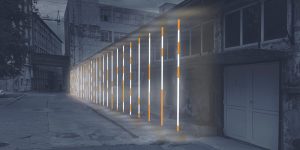
H3 Garden tour
A tour of H3 Garden in Bucharest, home of before detach () exhibition that will take place outside, at dawn, among the silhouettes of buildings about to perish. The final countdown of this place is imagined through light installations that will instil a final outburst of life.
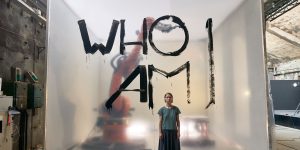
Who am I?
A human-robot performance Who Am I? is a performative art installation that traces the relationship between a robot and the human body, between programmed and spontaneous, reproducible and irreproducible. The project takes the myth of Pygmalion as a starting point and investigates the relationship between creator/creation and their perception in a world of AI. Who Am I? is based on the interaction between human and robot, by mirroring the relationship between natural and artificial as a deep meditation on human nature.
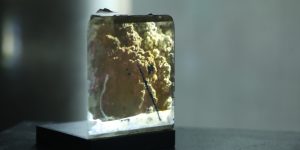
Creative Question Challenge: Can unheard signals inspire change?
Siobhán McDonald (IE), Chris Bean (IE), Adriaan Eeckels (BE)
'Let us finish what we started'. This is how the UN introduces its first Sustainable Development Goal - to end poverty in all forms and dimensions by 2030. The 17 Sustainable Development Goals and their 169 targets have been described as a sprawling, misconceived mess of grandiose intentions. The title of the development agenda itself - 'Transforming our World' - oozes utopian ambition. It was adopted by 193 nations in 2015. Five years later and with ten years left, how do you think our world will transform?

COVID-19 Crisis: Future Scenarios
Walter Ötsch, Renata Schmidtkunz, Sighard Neckel, Antonia Birnbaum
The coronavirus shock will change society and it will not be possible to return to the "normal state of affairs" we had before the crisis. Two scenarios are outlined: (1) In the negative scenario, the coronavirus shock will bring little change on the surface, but will, in fact, fundamentally reshape the political shell that surrounds capitalism. This is explained in analogy to developments after the 2008 financial crisis, in which the elites who caused the crisis were not challenged and held accountable. In this thoroughly realistic scenario, a new authoritarian form of capitalism can emerge, in which the new power for the states is also expanded into new forms of surveillance. (2) The positive scenario ties in with many historical experiences in which the world was improved after crises. We are currently experiencing a redesign of political action that contains positive moments such as new forms of talking collectively about fears, new forms of solidarity with strangers and the experience of how important and powerful politics can be. Perhaps in this scenario it may be possible to combine the corona shock with concerns about the coming ecological crises and to take effective steps to mitigate them.
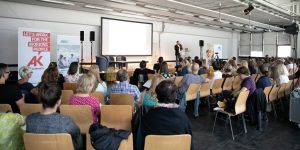
Symposium “Perspektiven politischer Bildung”
Arbeiterkammer OÖ (AT), Pädagogische Hochschule OÖ (AT)
Artificial Intelligence (AI) is omnipresent, without us always being aware of it. For many years now, it has been making our everyday lives easier, for example when cell phones are unlocked by means of face recognition or when individual advertising guides us through the jungle of the Internet. AI can manipulate us humans. Can it thus become a danger to democracy? The first signs of this apparent development were brought about by the brexite vote or the US presidential elections, for example.

FEM
Women in Art, Science and Technology
Techniques for the automatic generation of music – which have long been focused on systems ruling the score – are now being deployed at all levels of sound representation: signal, gesture, symbol, form. Sound synthesis using deep networks constitutes a radical break with conventional modelling approaches. How do composers handle these emerging possibilities?
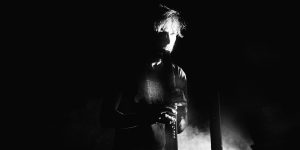
AI x Music Festival: Bot Bop Musical creation and innovation with AI
Andrew Claes (BE) and Dago Sondervan (NL)
Musical phrases are fed in real-time to a live coded machine learning model. The emerging virtual agent reacts and is again reacted to, creating an organic feedback loop. Utilising improvisational, instant composing and algorithmic musical techniques, listen to the duo becoming a trio during the course of this performance.
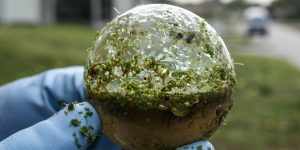
Satellite Event – The role of art in the post-pandemic world
UNESCO webinar In the post-pandemic world, nothing will be the same; what can be the contribution of art to the new world that is arising?
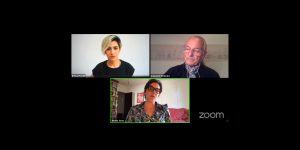
Transculturalism: The Space in Between
Amelia Jones, Krzysztof Wodiczko, Behnaz Farahi
In this panel discussion Amelia Jones (USC); Krzysztof Wodiczko (Harvard GSD), Behnaz Farahi (CSULB) are discussing "Transculturalism: The Space in Between". As utopian fantasies of "global" interconnectedness fade on relation to a global pandemic and burgeoning nationalisms, it is important to develop strategies to foster a sense of inclusion and overcome a culture of exclusion. This panel discussion addresses what role might art and design play to maintain a sense of transculturalism and how they might allow us to see things differently.
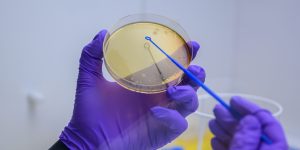
Genetic Biotech through the Eyes of Artists
BOZAR presents a talk on genetic modification, featuring Sandra Lorenzi (FR), Kuang-Yi Ku (TW), Christophe De Jaeger (BE), and 2 scientists from the Vlaams Instituut voor Biotechnologie – VIB. The talk will be preceded by a video streaming of a guided tour in the VIB facilities in Gent (BE), with Sandra Lorenzi (FR – artist of the Studiotopia programme), Kuang-Yi Ku (TW – artist of the Studiotopia programme), Sofie Bekaert (BE – VIB) and VIB scientists Roosmarijn Vandenbroucke and Sofie Goormachtig, presenting their current research.
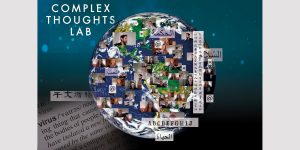
Complex Thoughts Lab
In the post-coronavirus scenario, The Complex Thoughts Lab invites to think outside the box to put together a model of the new world after COVID-19. Are we willing to rethink our nature, the concept of well-being? Will we be able to commit ourselves to bequeath a better world to future generations? The students share ideas to build a world model facing the next generations and transforming the Covid-19 crisis into an opportunity.
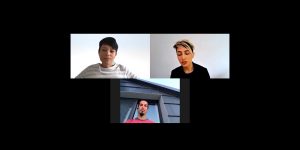
Panel: Surveillance, Gaze and Ways of Seeing
Lauren McCarthy, Memo Akten, Behnaz Farahi
In this panel discussion, Behnaz Farahi, Lauren Lee Carthy and Memo Akten are discussing the notion of "gaze", "ways of seeing" and "surveillance" in the context of this group exhibition.
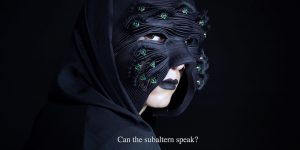
Exhibition
Krzystof Wodiczko, Behnaz Farahi, Memo Akten, Lauren Lee McCarthy (US)
This exhibition examines how different strategies of the ‘gaze’ could be used to undermine various forms of power structure and promote different forms of resistance. It does so by displaying either exhibits illustrating the gaze and voices of marginalized groups, or projects exploring how literal masks might hide or reveal identities. The idea is to use art and technology in combination with critical thinking to convey a powerful political message.
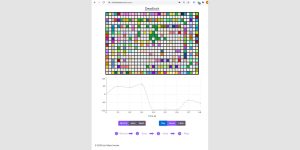
Cellular Seeds – Inexorable futures
Alejandra Marinaro (AR)
The Latinamerican Bioarte Lab (LatBioLab) explores more than 12 years of Bioart in Argentina. From ‘The Biosphere Project‘, Joaquín Fargas (AR), a simple way to show the world ecosytem, until ‘Colony‘, Darío Sacco (AR) that connects technology with biology and ‘Cellular Seeds - Inexorable Futures‘, Aleandra Marinaro (AR) that generates a new kind of “tech-life“. The Biosphere Project launches the adoption program of small worlds: ¨Adopt a World, adopt your World¨.
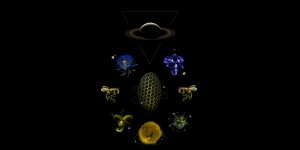
Q&A with Man & Wah
Moderated by independent curator and creative director working in the field of digital/new media arts, Lubi Thomas (AU/UK), this live Q&A event will explore the creative practice and process of artists Man & Wah. Covering topics of nature, the cosmos, information and interdisciplinary artistic practice, Man & Wah will respond to live questions alongside a discussion with Lubi about their narrative video piece, CELESTON, and physical exhibition at Museum of Brisbane.
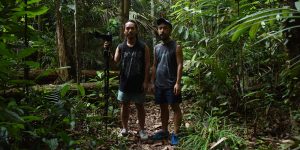
Man & Wah: Artist Studio Profile
Working within the breadth of nature and the cosmos, the Marco and Micro, Man & Wah (AU) produce lush and alluring photographic, moving image, digital and installation based works. Collaborating with a diverse range of people on projects across the globe, they explore the depths of place through local flora; ultimately illuminating synergies between the limits of the man-made and vastness of natural systems and structures. This video follows the artists’ creative process and explores the places they forage for inspiration and meaning. Created in collaboration with photographer and filmmaker Charlie Hillhouse (AU), this studio profile gives insight into the forces that drive Man & Wah to continue to compel audiences to reflect on the phenomenal complexity of plants and the endless possibilities of interconnectedness.
